Search
Total 52 results were found for your query microbiology.
-
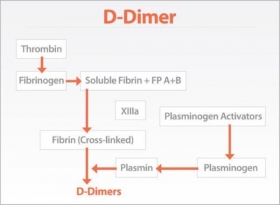 Hemotology
HemotologyTEST FOR D-DIMER
D-dimer is derived from the breakdown of fibrin by plasmin and D-dimer test is used to evaluate fibrin degradation. Blood sample can be either serum or plasma. Latex or polystyrene microparticles coated ...Created on 03 August 2017 -
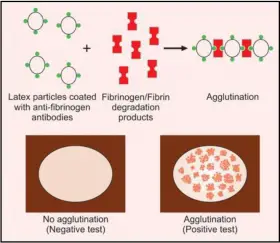 Hemotology
HemotologyTEST FOR FIBRINOGEN/FIBRIN DEGRADATION PRODUCTS (FDPs)
FDPs are fragments produced by proteolytic digestion of fibrinogen or fibrin by plasmin. For determination of FDPs, blood is collected in a tube containing thrombin (to remove all fibrinogen by converting ...Created on 03 August 2017 -
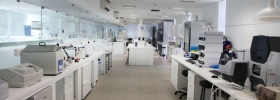 Biomedical Engineering
Biomedical EngineeringQUALITY CONTROL OF ALL LABORATORY EQUIPMENT
Because diagnoses and treatment plans are made based on laboratory findings, it is imperative that the equipment utilized in the lab be in excellent working order, serviced at regular intervals, calibrated ...Created on 02 August 2017 -
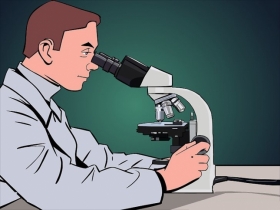 Microbiology
MicrobiologyCARE AND MAINTENANCE OF MICROSCOPE
Routine care and proper maintenance of microscope will ensure good performance over the years. In addition to this, a properly maintained and clean microscope will always be ready for use at any time. ...Created on 31 July 2017 -
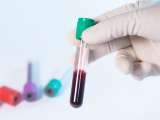 Hemotology
HemotologyPlatelet Aggregation Studies
Platelet aggregation tests are carried out in specialized hematology laboratories if platelet dysfunction is suspected. These tests are usually indicated in patients presenting with the mucocutaneous type ...Created on 28 July 2017 -
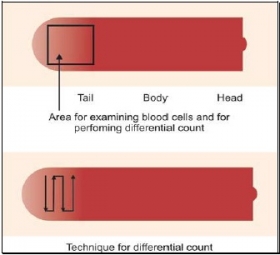 Hemotology
HemotologyEXAMINATION OF BLOOD SMEAR
A blood smear is examined for: Red cells: Morphology, immature forms, inclusion bodies, arrangement of cells. White cells: Differential count, abnormal or immature forms. Platelets: Adequacy, ...Created on 27 July 2017 -
 Microbiology
MicrobiologyPARTS AND FUNCTIONS OF A COMPOUND MICROSCOPE
The microscope is the most important piece of equipment in the clinic laboratory. The microscope is used to review fecal, urine, blood, and cytology samples on a daily basis. Understanding how the microscope ...Created on 25 July 2017 -
 Microbiology
MicrobiologyKOHLER ILLUMINATION
What is Kohler illumination? Kohler illumination is a method of adjusting a microscope in order to provide optimal illumination by focusing the light on the specimen. When a microscope is in Kohler, ...Created on 25 July 2017 -
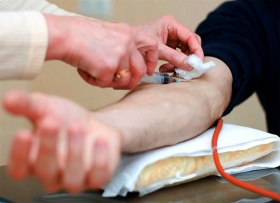 Hemotology
HemotologyPROCEDURES FOR THE COLLECTION OF BLOOD FOR HEMOTOLOGICAL INVESTIGATIONS
COLLECTION OF BLOOD It is necessary to follow a standard procedure for specimen collection to get the most accurate and trustworthy results of the laboratory test. The blood sample can be collected from ...Created on 24 July 2017 -
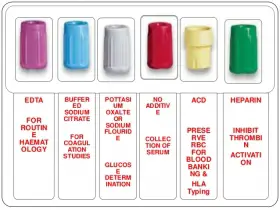 Hemotology
HemotologyUSES OF ANTICOAGULANTS FOR HEMOTOLOGICAL INVESTIGATIONS
Anticoagulants used for hematological investigations are ethylene diamine tetra-acetic acid (EDTA), heparin, double oxalate, and trisodium citrate (Table 791.1). Table 791.1 Salient features of three ...Created on 22 July 2017 -
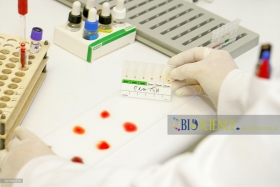 Hemotology
HemotologyABO GROUPING AND Rh D GROUPING
ABO Grouping There are two methods for ABO grouping: Cell grouping (forward grouping): Red cells are tested for the presence of A and B antigens employing known specific anti-A and anti-B (and sometimes ...Created on 21 July 2017 -
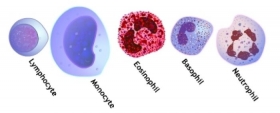 Hemotology
HemotologyDIFFERENTIAL LEUKOCYTE COUNT (MANUAL METHOD)
A WBC differential count gives us information regarding the proportion and numbers of individual leukocytes in the patient’s sample, including significant morphological changes. This can provide useful ...Created on 19 July 2017 -
 Hemotology
HemotologyTOTAL ERYTHROCYTE COUNT (MANUAL METHOD)
Erythrocyte (Gr. erythros, red; kytos, cell) or red blood corpuscles are circular, anucleated, highly flexible, biconcave disc-shaped cells with high edges. The sixe of each cell averages 7.2 micrometer ...Created on 18 July 2017 -
 Botany
BotanyINTERESTING FACTS ON BOTANY
... of plant kingdom Neurospora crassa (red/pink Bread mould) Guinea pig of microbiology and weed of laboratories Aspergillus niger-green mold Resupination Ovary rotates by 1800 in orchids Major source ...Created on 27 June 2017 -
 Molecular Biology
Molecular BiologyBIOGENESIS THEORY IN MICROBIOLOGY
The theory of biogenesis states that living things can only arise from living things and cannot be spontaneously generated. Learn more about this popular microbiology theory to better understand what it ...Created on 26 June 2017 -
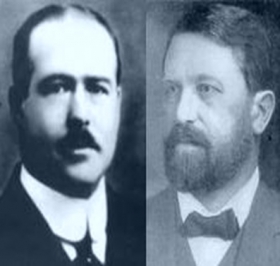 Informative
InformativeIMPORTANT THEORIES AND LAWS PIONEERS AND PROPOSERS IN BIOLOGY
Allen’s Law – Allen Artificial Parthenogenesis – Loeb Axial Gradient theory – Child Bergman’s Rule – Bergman Biogenetic Law – Earnst Haeckel (1868) Biological Species Concept – Earnst Mayer ...Created on 26 June 2017 -
 Downloads
DownloadsPrescott, Harley and Klein's Microbiolog
Available with Prescott, Harley, and Klein's Microbiology, Seventh Edition, are more than 150 animations to harness the visual impact of microbiology processes in motion. Animations can be found on ...Created on 31 May 2017 -
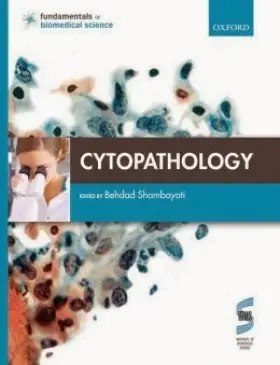 Downloads
DownloadsCytopathology (Fundamentals of Biomedical Science)
... Scientist may be exposed - from microbiology to cytopathology to transfusion science. Alongside volumes exploring specific biomedical themes and related laboratory diagnosis, an overarching Biomedical ...Created on 31 May 2017 -
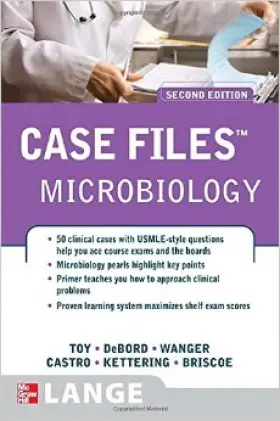 Downloads
DownloadsCase Files: Microbiology
Description: 50 clinical cases help you excel in your microbiology coursework and on the USMLE Step 1 The Case Files series is an award-winning learning system proven to improve exam scores. This series ...Created on 30 May 2017 -
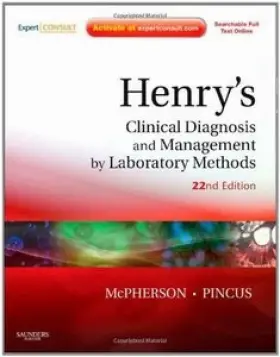 Downloads
DownloadsHenry's Clinical Diagnosis and Management by Laboratory Method
... testing for antiplatelet drugs such as aspirin and clopidogrel; biochemical markers of bone metabolism; clinical enzymology; hematology and transfusion medicine; medical microbiology; body fluid analysis; ...Created on 29 May 2017